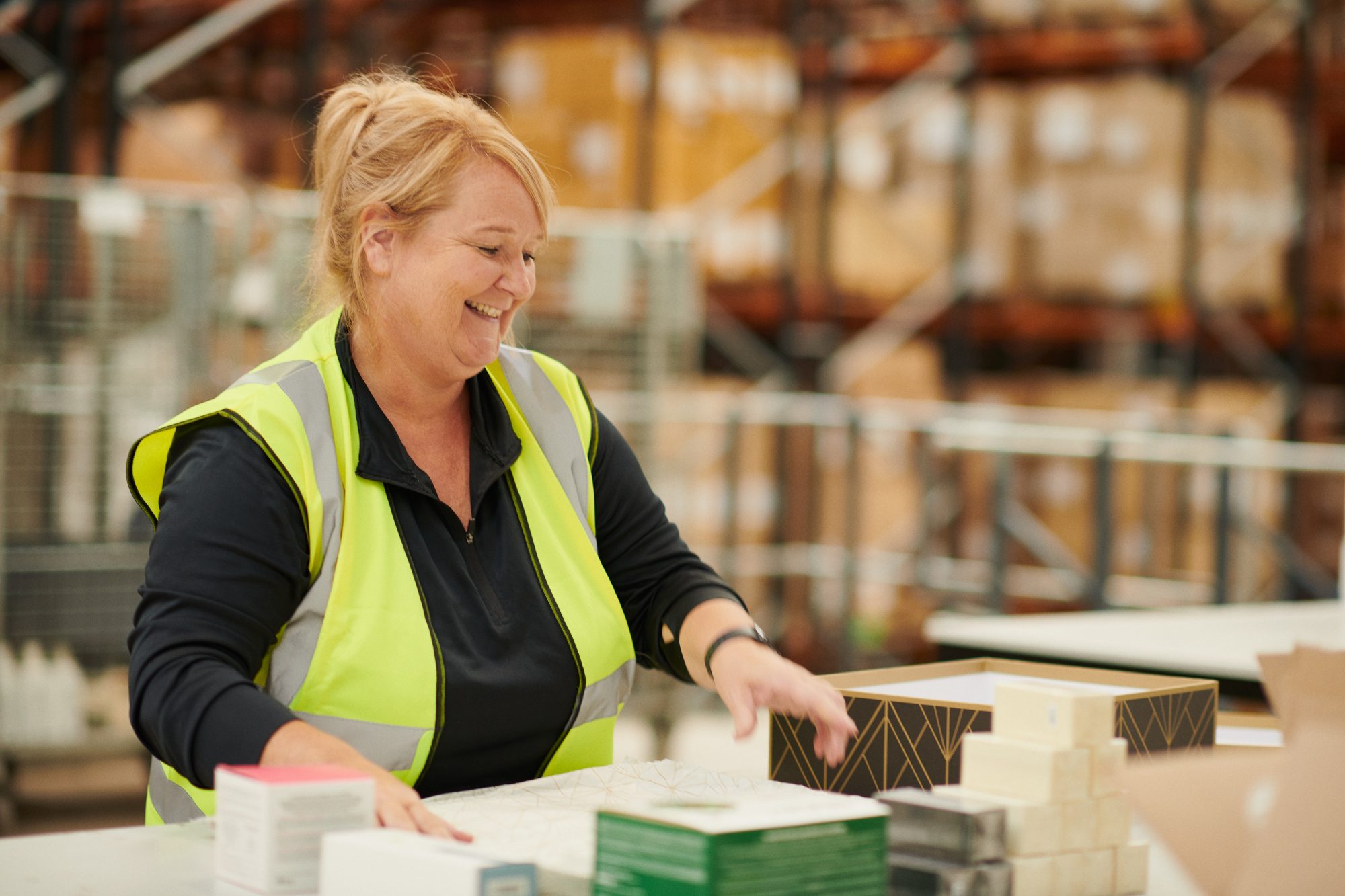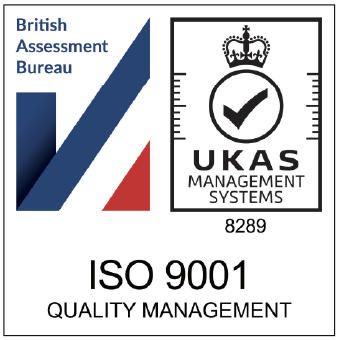The peak season is rapidly approaching for many eCommerce stores. With it, comes a surge in returns. Whether you like it or not, it’s more important than ever that you offer your customers an easy, seamless returns process – otherwise, you’ll lose them to a brand that does. So, keep reading, and the 3PL team will tell you how to optimise your reverse logistics process…
What is reverse logistics?
If you’re relatively new to the world of logistics, then you may not be familiar with the term ‘reverse logistics’.
Reverse logistics essentially refers to the process of moving goods from customers back to the retailers from which they have bought them.
In other words – reverse logistics simply refers to the process of handling and processing returns.
The reverse logistics process usually follows these steps:
- The customer decides to initiate a return – usually via an online portal, email, or phone call to the original retailer.
- If the retailer agrees to the return of the item – this can take multiple forms, from the customer arranging postage and packaging themselves, the retailer arranging postage and packaging, or the use of drop-off points, return lockers, or brick and mortar locations.
- The return is processed and assessed by the retailer.
- The goods are then either recycled/disposed of, or returned to the retailer’s inventory for sale once again.
Why does reverse logistics matter?
We’re not resorting to hyperbole when we say that reverse logistics is more important than ever.
Today, consumers expect to be able to return their purchases in a way which is hassle-free, easy, and at no expense to themselves.
Not only that, but consumers are returning purchases more frequently. According to research conducted by Shopify, around a quarter of all online shoppers return 5% and 15% of the items they buy.
But, not all retail segments face the same level of returns. Below, we’ve listed the retail that segments that have the highest levels of returns:
- Apparel (e.g. clothing and accessories) – 12.2%.
- Housewares – 11.5%.
- Footwear – 9.1%.
- Beauty – 4.3%.
- Hard goods (e.g. appliances) – 3.8%.
Not only are consumers returning their purchases at a higher rate, but they are expecting retailers to be far more lenient and accepting of returns than in years past.
For example, consider the following statistics:
- 58% of consumers want a hassle-free ‘no questions asked’ returns policy from the brands they shop with.
- 79% of consumers expect free shipping on returns.
- 67% of shoppers check the returns page of an online store before committing to a purchase.
- 47% of consumers want an easy-to-print return label.
Whilst these stats may seem daunting, they offer a major opportunity for eCommerce stores that take reverse logistics seriously.
How to optimise your returns and reverse logistics process
If you want to stand out in the crowded world of eCommerce – particularly during peak season – then optimising your returns process is a sure-fire way of achieving this.
Below, the 3PL team has set out their top seven tips to ensure that your reverse logistics process is as customer friendly as possible.
1. Figure out why returns happen
What if you could prevent returns from happening in the first place? Both you, and your customers, would be happier!
According to research by Shopify, the top reason for returns is that items don’t fit as expected. Another major reason is that the ordered items aren’t as described.
If you can figure out the main reasons why your brand receives returns, you can take actions to remedy the root issue and reduce the number of returns occurring in future.
The easiest way to gather this information is to ask the reason for return during the returns process. So, when a customer initiates a return – be it via your online portal, by email, or by phone – remember to always ask why they are returning the item.
You’ll gather valuable insights that will not only reduce the volume of returns you have to process – but your customers will be happier, too. They’ll be getting the item they want and expect, first time!
2. Have a clear returns policy
Miscommunication is at the root of many bad customer service experiences.
So, make sure you have a crystal clear returns policy.
Set out your returns policy in simple, easy-to-understand language (ditch the legalese!).
With many consumers checking return policies before making a purchase, having a clear returns policy will not only reduce the number of returns you receive, but will actually help you sell more items in the first place!
In addition to setting out your returns policy in simple language, you should also set out your returns process. That way, customers won’t have any nasty surprises when it comes to making a return. They’ll know the process that you follow to complete a return.
3. Provide return labels
If you operate in a retail segment that has particularly high rates of returns such as clothing, you can save you and your customer time, stress, and money, by providing a pre-printed return label with every label.
Sure, you will incur a slightly higher cost as a result of doing this, but you’ll make the returns experience incredibly convenient for your customers. What’s more, you’ll make your in-house returns process more efficient, as you’ll be able to process and re-inventory items much more quickly.
4. Use reusable packaging
In a similar vein to providing return labels, you should consider packing your orders in robust, reusable packaging.
If you want to make your returns process as convenient as possible for your customers, then using reusable packaging will make their lives as easy as possible.
Why? Because, when it’s time for them to make a return, they can simply use the existing packaging and won’t have to go out and buy a new box/package.
5. Communicate, communicate, communicate
When many people make a return, they’re keen to make an alternative purchase (for example, they’ll want to buy an alternative item of clothing that’s of the correct size).
As such, you can optimise your reverse logistics process by providing plenty of communication during every stage of a return.
If you are able to inform customers about the status of their return – and when they’ll receive a refund – they are much more likely to shop with you again in the future.
6. Optimise your returns processing
The faster you can process returns, the quicker you can get those items back into your inventory and recoup the cost of the refund.
Make sure that your returns processing team is fully-trained and able to identify items which can be passed back into inventory, and those items that need to be recycled or disposed of.
7. Outsource your returns process
The most effective way to optimise your reverse logistics is to outsource it!
Think of it this way – you’re an expert when it comes to your products – but are you a logistics expert?!
We thought not!
Just as you source professionals to carry out jobs on your plumbing and electrics, it makes sense to source logistics professionals to take care of your reverse logistics on your behalf.
These reverse logistics professionals (called 3PLs, or third-party logistics providers), specialise in processing returns, and as such, have highly efficient and cost-effective processes for doing so.
Why not let them process your returns in the most efficient way possible?
Outsource your reverse logistics to 3PL today
3PL is one of the UK’s leading providers of returns processing on behalf of major eCommerce brands.
If you’d like to find out more about what’s involved in outsourcing your returns processing, speak to a member of the 3PL team today!
Speak to 3PL about your reverse logistics today
For more eCommerce fulfilment, logistics and other advice, read the 3PL blog…
Rethinking Returns: Why Return Policies Are Vital For a Good Customer Experience | How to Plan for Peak Season Returns | How to Best Manage Returns for Your eCommerce Store
Speak to 3PL about your eCommerce order fulfiment
It’s time to supercharge your ecommerce brand business and overtake your competitors. Speak to 3PL today and find out how we can take your ecommerce fulfilment to the next level.


